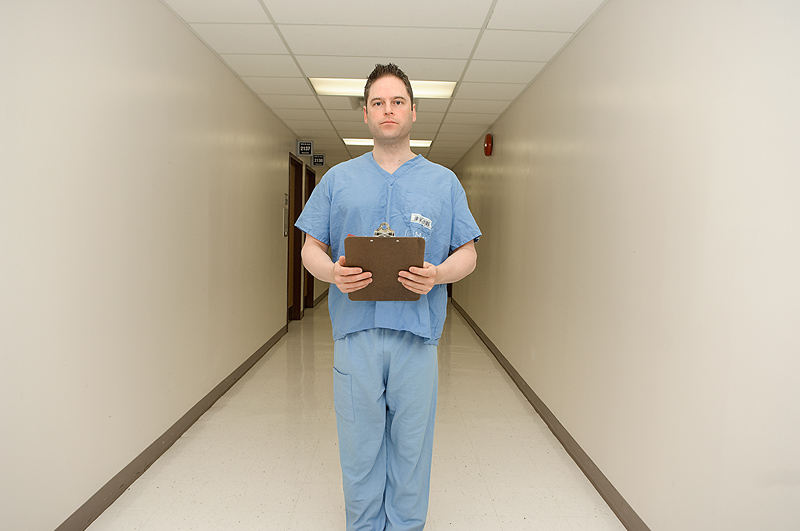
It’s common for transplant centers to reject donor livers for the sickest patients on the transplant waiting list, a new study suggests.
That means those patients have a higher risk of death while they wait for a lifesaving transplant, the researchers found.
The new study reviewed 23,000 donor liver offers to 13,255 U.S. patients on the liver transplant waiting list between May 2007 and June 2013. It found that only 37 percent of the organ offers were accepted for the sickest patients on the list.
“We found that not only is there a wide variation in acceptance rates for donor organs among transplant centers, these variations directly correlated with whether the sickest patients would die waiting for a lifesaving transplant, with patients 27 percent more likely to die without a transplant for every 5 percent decrease in a center’s adjusted organ offer acceptance rate,” said study leader Dr. David Goldberg. He is an assistant professor of medicine at the University of Pennsylvania in Philadelphia.
The decision to accept or reject an organ is most often made by a transplant surgeon at a center. A number of factors go into the decision, including the donor’s age, how well the donor liver matches the recipient for size, and the opinion of whether or not a patient lower on the priority list has a greater risk of dying and would be a better match for the organ, the researchers explained.
The size of a transplant center didn’t predict whether a liver would be accepted. But, the researchers said they were surprised to find that centers in regions with more transplant centers were more likely to reject livers offered for the sickest patients.
Among transplant centers nationwide, acceptance rates of livers for the sickest patients ranged from 16 percent to 58 percent. The differences remained even when the researchers looked at the best-quality livers, according to the study published recently in the Journal of Hepatology.
“What this shows us is that these differences weren’t based on geography, as centers in the same area — in some cases, within a few miles of each other — varied dramatically in the probability that they would accept an organ for the sickest patient, which determined in many cases whether the patient would live or die,” Goldberg said in a university news release.
“The variability in life-or-death decisions among different transplant centers highlights that decisions of individual transplant centers, rather than geographic borders, are just as much of a source of inequities in transplant care,” he added.
Reducing the differences between transplant centers may help provide more equal access to liver transplants and reduce deaths among patients on transplant waiting lists, the researchers said.
They suggested one possible way to achieve that is to make data on centers’ organ acceptance rates public, and to include those rates when assessing center performance.
More information
The American Liver Foundation has more about liver transplants.
Source: HealthDay

Leave a Reply